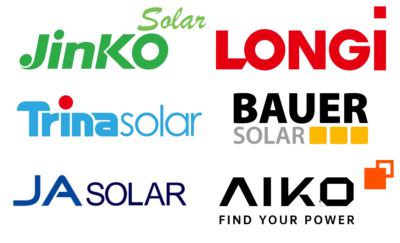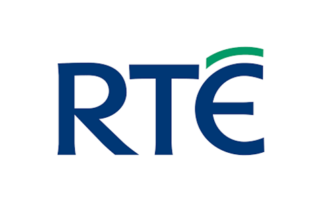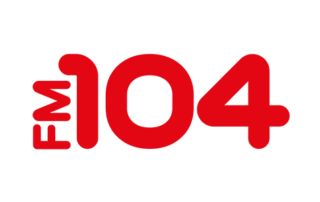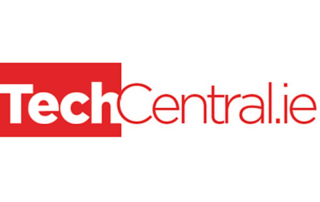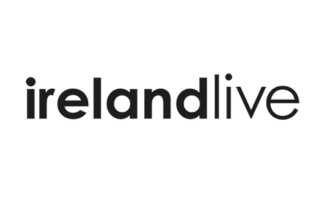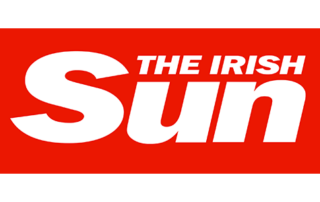TECHNOLOGY
1. How solar panels work
Solar panels convert sunlight into electricity through the photovoltaic effect. The light hitting the semiconductor material in the solar cells causes electrons to become excited and generate an electric current.
Solar cells are connected together into a single unit, and they are wired up together to create a solar PV system.
Solar energy is then routed through the inverter to be used in your home or business, stored in a battery, or sent to the grid if not otherwise being used.
2. Home solar panel systems
There are four primary components in any residential solar power system:
FINANCIALS
3. Solar panel grants
The SEAI offers solar grants up to €1,800 for residential solar panels in 2025 under the Solar PV Scheme.
The vast majority of homeowners in Ireland will qualify the full amount if they choose to install solar, and almost all applications are approved.
Note: Once you have selected an installer, they will manage the grant application on your behalf.
4. Solar panel installation cost
The cost of solar for the home has dropped significantly in the past 5 years, and 2025 could be the cheapest they’ll ever be. With SEAI grants set to fall by €300 next year and intense competition among installers driving prices down, it’s a great time to go solar.
Hot Take: Our experts believe we’re hitting the bottom of the cost curve, and that 2025 will be the cheapest time to go solar in Ireland.
Indirect Cost: While the upfront cost of going solar remains a key consideration, we must also bear in mind that Ireland has among the highest energy bills in Europe. This means that households without solar panels are paying the price of increased energy bills.
5. Is solar a good investment in Ireland?
If you own home, solar is one of the smartest investments you can make today. Over the 30-year lifespan of solar panels, the investment returns are sizable, and the investment risks are extremely low.
6. Financing options
While you’ll receive the maximum ROI on your solar panel investment when you pay up front, there are options for those who wish to spread their payments out for up to 10 years.
There are three main avenues for people in Ireland to finance their solar panels:
PROCESS
7. Choosing the best solar installer
Choosing the right installer is more than just going for the cheapest option. This is an investment for life, and selecting the right partner is crucial. In our experience, paying for quality workmanship, components and aftercare is always worth a little extra cost.
The installers on EnergyEfficiency represent the absolute best installers in Ireland, and they will always be priced competitively. But having a second quote is always a good idea, and it can be used to get an even better deal with your preferred supplier.
Pro Tip: Don’t be afraid to haggle a bit. The first price generally has some leeway, especially if you’re paying upfront (without finance) and you are willing to sign the contracts fast. Why not try “I will pay today if you can include a 5% discount”.
8. Solar battery storage
A single solar pv battery generally has 5kW in capacity, and is designed to store significant amounts of power for use in your home. This stored power can then be used in the evening or night when the panels are no longer producing electricity, so it’s particularly useful for people who have high energy demands outside of daylight hours.
Whether or not it is worthwhile to get a solar battery added to your home will depend on how many solar panels you have installed, along with how much electricity you use, and when.
Author:

Michael Malone
SOLAR ENERGY EDITOR
Michael Malone is Solar Energy Editor at Energy Efficiency Ireland. He is committed to highlighting the benefits of solar PV for people across the island of Ireland, and is eager to clear up some misconceptions which linger among the Irish public regarding solar energy.
Author:

Michael Malone
Solar Energy Editor
Michael Malone is Solar Energy Editor at Energy Efficiency Ireland. He is committed to highlighting the benefits of solar PV for people across the island of Ireland, and is eager to clear up some misconceptions which linger among the Irish public regarding solar energy.

